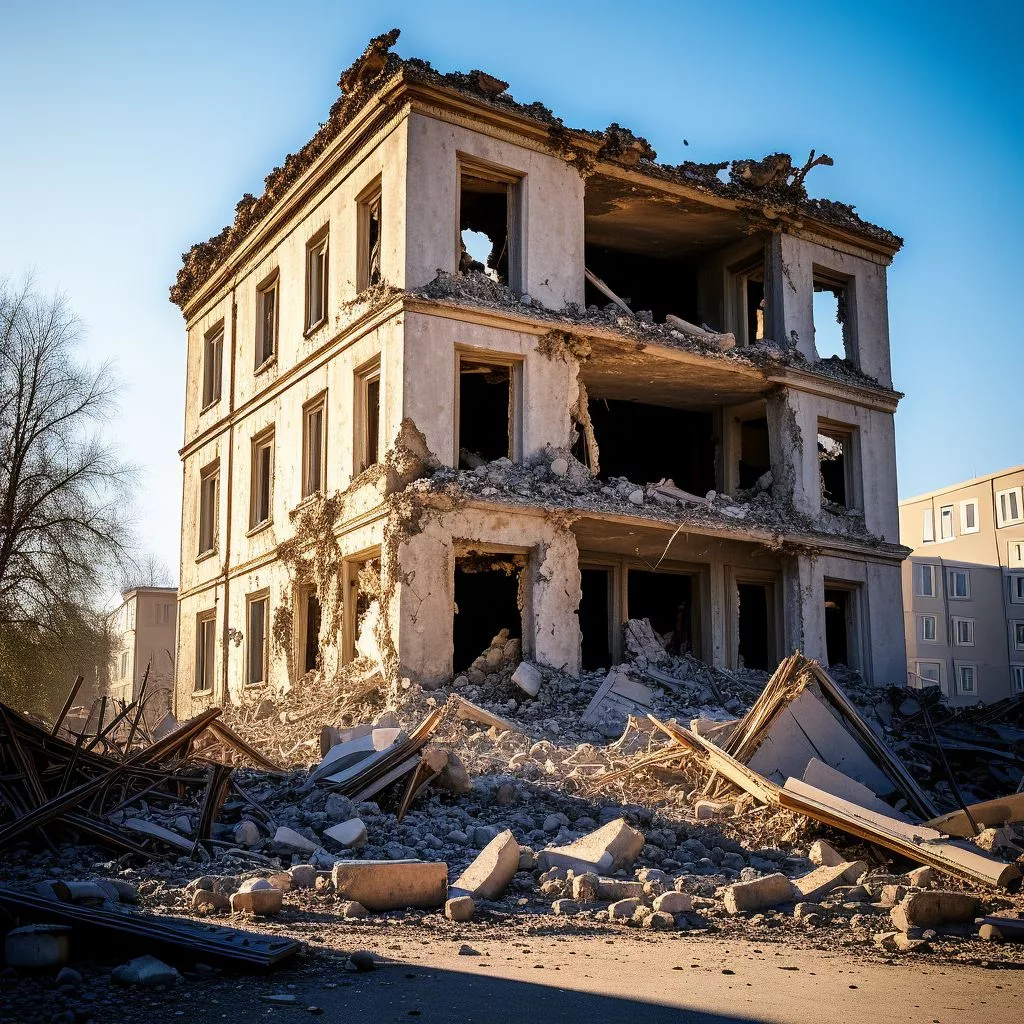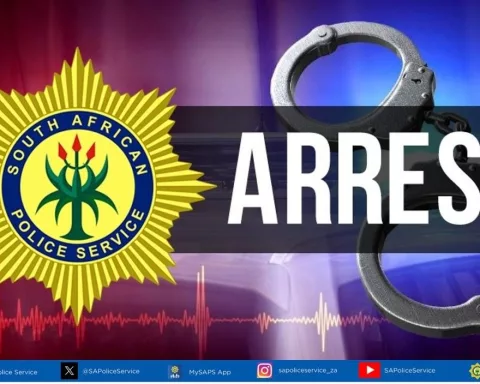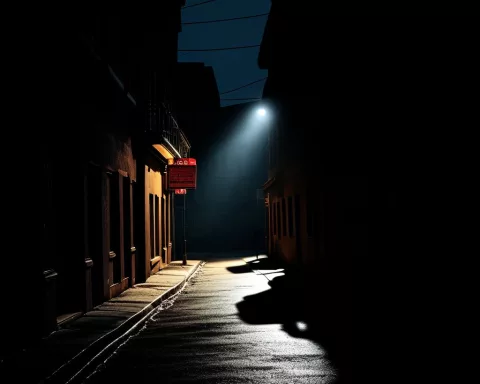On May 6, 2024, a terrible tragedy struck in George, South Africa, when a building on Victoria Street collapsed, killing 34 people. The disaster was not just bad luck; it happened because of serious mistakes and neglect by officials and the construction company. An investigation revealed that safety checks were ignored and construction rules were broken, leading to a call for justice from Minister Thembisile Simelane. As those responsible face legal scrutiny, the community mourns the loss and demands accountability to ensure such a heart-wrenching event never happens again.
What led to the collapse of the building on Victoria Street in George, South Africa?
The catastrophic collapse on Victoria Street in George resulted from systemic failures and negligence, including inadequate inspections, safety standard violations, and irregularities in the construction process. Key officials from the NHBRC and the contractor, Liatel Developments, were implicated in the ensuing investigation, highlighting severe accountability issues.
A Catastrophic Collapse
In the early morning of May 6, 2024, a quiet suburban area in George, South Africa, witnessed a devastating event that would forever alter the community. A residential building on Victoria Street in Dormehls Drift came crashing down, resulting in the tragic death of 34 individuals. This event not only plunged the neighborhood into mourning but also sparked a nationwide demand for justice and accountability. Minister Thembisile Simelane presented a thorough investigation report to the Department of Human Settlements (DHS) portfolio committee on March 26, 2025, revealing a grim picture of widespread systemic failures and negligence.
The collapse wasn’t merely a stroke of bad luck. Instead, it stemmed from a series of negligent actions and systemic failures. The investigation identified key officials from the National Home Builders Registration Council (NHBRC) and the contractor behind the project, Liatel Developments, as primary culprits. Irregularities such as premature status upliftment, delays in regulatory processes, inadequate inspections, and safety standard violations were among the critical issues highlighted.
The NHBRC, responsible for ensuring the safety and quality of housing projects, was found to have significant lapses in internal controls and supervisory accountability. The report pointed out alarming issues with material quality, compounding the failures that led to the building’s collapse.
Minister Simelane’s Call for Accountability
Minister Simelane’s address to the DHS portfolio committee was a powerful call for justice. She emphasized the gravity of the investigation’s findings, stating, “The outcome of the investigation has also made recommendations that implicated officials be held accountable for their actions. The charges that will be leveled against them include dereliction of duty, misconduct, negligence, dishonesty, and misrepresentation in official inspection reports.” Her words underscored the critical need for a thorough and transparent investigation.
In response to these damning findings, the NHBRC suspended the implicated officials to allow for further investigations. The report has now been handed over to law enforcement agencies, which could lead to legal actions. Simelane highlighted the necessity of inter-agency collaboration, noting that the NHBRC’s inquiry focused solely on its own responsibilities. She also mentioned that other state bodies are conducting parallel investigations to complement the findings released.
One pivotal figure in this investigation is Theuns Kruger, the owner of Liatel Developments. Although Kruger denied liability and plans to seek legal action against those he holds responsible, the investigation revealed that construction began without the necessary NHBRC enrolment certificate. This glaring violation can’t be ignored.
Legal and Societal Ramifications
Reports from the George Herald indicate that Kruger and the implicated NHBRC officials are under police scrutiny for potential criminal charges, including culpable homicide. This development marks a significant step in the pursuit of justice for the victims and their families.
Reflecting on this tragedy, one can draw parallels with historical and artistic examinations of societal structures and human nature. The collapse on Victoria Street evokes the existential despair often depicted in modernist literature, where bureaucratic systems seem absurd and impenetrable. The systemic failures leading to this catastrophe resemble the Kafkaesque maze of negligence and mismanagement.
In the world of art, this tragedy mirrors the fragmented perspectives of Cubism, where disjointed realities converge to reveal a chaotic scene. The investigation report, teeming with multifaceted findings, offers a similar kaleidoscopic view of the systemic failures at play.
However, beyond these analogies lies the harsh reality of human loss. The 34 lives lost were more than statistics; they were individuals with dreams, aspirations, and loved ones. Their untimely deaths serve as a poignant reminder of the crucial need for accountability, transparency, and stringent regulatory oversight in the construction industry.
The Broader Context and the Path Forward
The collapse in George also highlights broader socio-political issues in South Africa, a nation struggling with corruption and governance challenges. The investigation’s findings underscore the urgent need for systemic reforms and stronger institutional frameworks to prevent such tragedies in the future.
Moving forward, it is essential to foster a culture of accountability and ethical conduct within both the construction industry and regulatory bodies. This involves not only holding those responsible to account but also implementing robust measures to avert future disasters.
The media and civil society play a vital role in advocating for transparency and justice. The investigative findings reported by Cape {town} Etc and George Herald exemplify journalism’s crucial role in uncovering the truth and holding power accountable. Through diligent reporting and public scrutiny, we can aspire to build a more just and equitable society.
The tragedy in George stands as a stark reminder of the human cost of systemic failures and negligence. It calls for a collective commitment to upholding the highest standards of integrity and accountability in both public and private sectors. As we reflect on this somber event, let us honor the memory of the victims by striving for a future where such catastrophes become a thing of the past.
FAQ: Tragedy in George: The Collapse on Victoria Street and the Quest for Accountability
What caused the collapse of the building on Victoria Street in George, South Africa?
The collapse was due to serious systemic failures and negligence, including inadequate inspections, safety standard violations, and irregularities in the construction process. Key officials from the National Home Builders Registration Council (NHBRC) and the contractor, Liatel Developments, were implicated in the investigation that followed.
How many people lost their lives in the tragedy?
The building collapse resulted in the tragic death of 34 individuals. This devastating loss has left the community in mourning and has raised urgent calls for justice and accountability.
What actions have been taken against those responsible for the collapse?
Minister Thembisile Simelane has emphasized the need for accountability, stating that charges such as dereliction of duty, misconduct, and negligence will be levied against implicated officials. The NHBRC has suspended these officials, and the report has been forwarded to law enforcement agencies for potential criminal charges, including culpable homicide.
Who is Theuns Kruger, and what is his involvement in the incident?
Theuns Kruger is the owner of Liatel Developments, the construction company involved in the project. He has denied liability for the collapse and plans to seek legal action against those he holds responsible. The investigation revealed that construction began without the necessary NHBRC enrolment certificate, which constitutes a significant violation.
What recommendations have been made to prevent future disasters?
The investigation has underscored the urgent need for systemic reforms within the construction industry and regulatory bodies. This includes fostering a culture of accountability, implementing robust measures to enhance regulatory oversight, and ensuring that all safety standards are rigorously followed.
How can the community and media contribute to accountability and justice?
The media and civil society play a vital role in advocating for transparency and justice. Through diligent reporting, public scrutiny, and community engagement, they can help hold those in power accountable and push for necessary reforms to prevent similar tragedies in the future.












